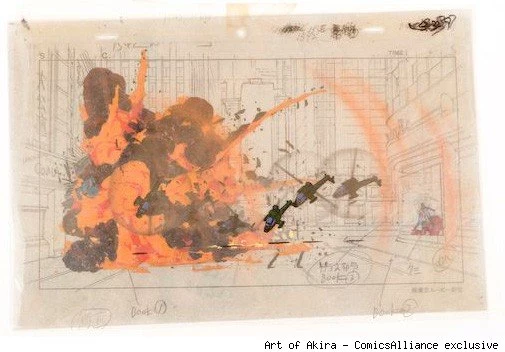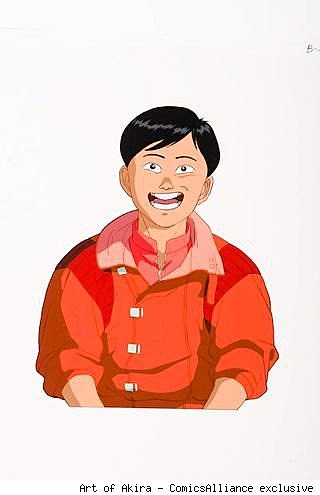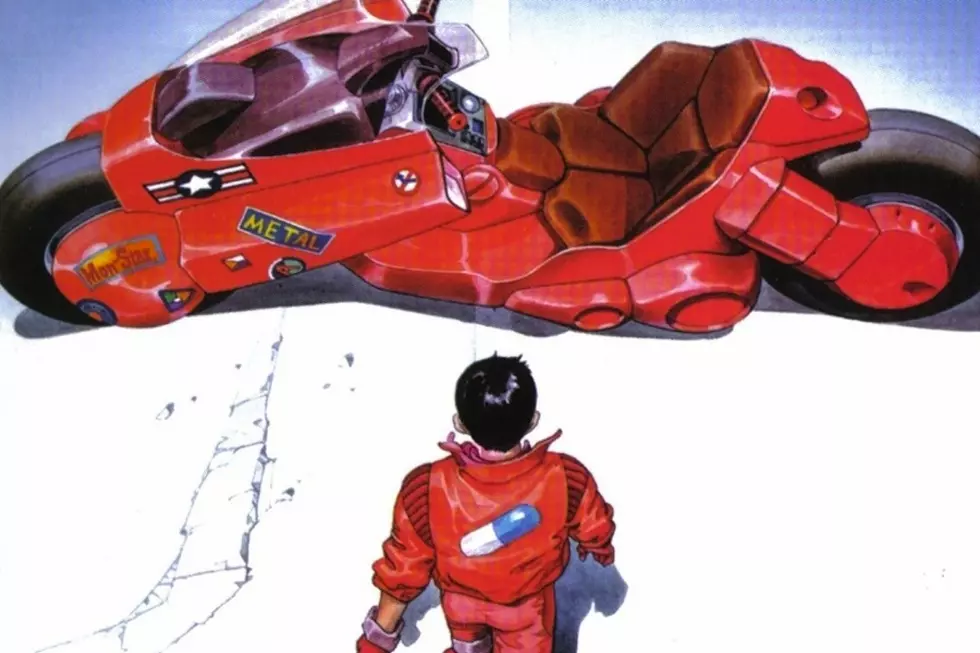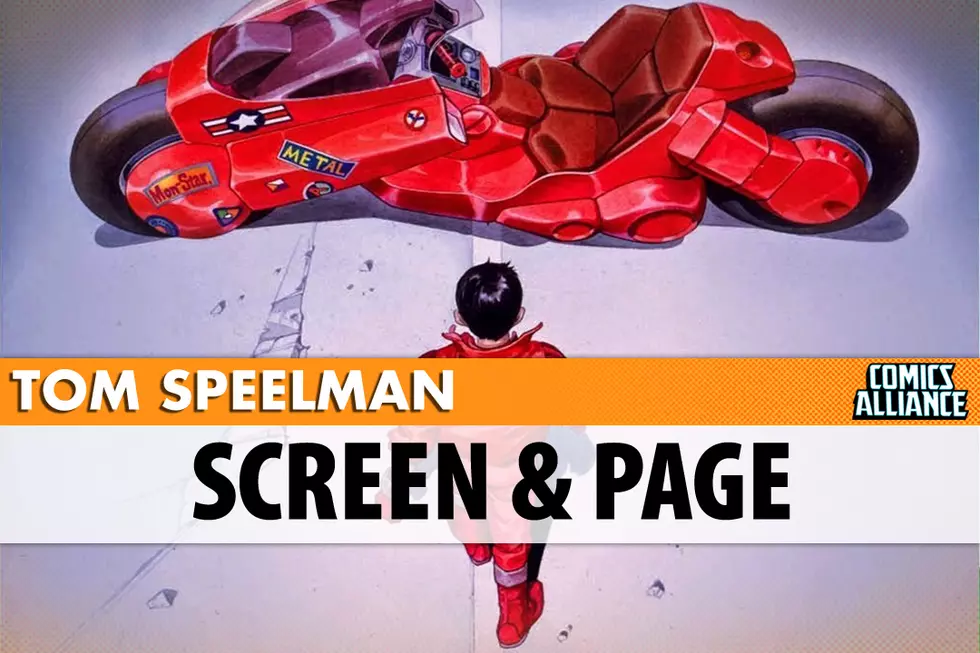![‘Art of Akira’ Showcases Largest Collection of ‘Akira’ Production Art [Exclusive]](http://townsquare.media/site/622/files/2011/02/akira.jpg?w=980&q=75)
‘Art of Akira’ Showcases Largest Collection of ‘Akira’ Production Art [Exclusive]

Most ComicsAlliance readers are no doubt familiar with Akira, the landmark animated science fiction film directed by Katsuhiro Otomo, based on his manga. Its accolades are legion, and Akira has been canonized in every conceivable sense since its premiere in 1988. What you may not be aware of is how much of Akira has been lost over the years. Being a traditionally animated film -- perhaps even the last truly 100% hand-made animated feature film ever made -- the background art, character cells, production designs and other materials that you see in the finished film exist independently of each other as physical objects, as opposed to assets in a computer. As such, that beautiful material came to be scattered across the world, with much of it lost forever.
In a valiant effort to preserve the artistic legacy of this most beautiful film, writer Joe Peacock has spent years amassing the single largest private collection of Akira production art. The Art of Akira exhibited recently in Philadelphia, but will be hitting the road soon. You can learn more about the project and see some exclusive artwork after the jump.
As detailed on the exhibit's official website, the legacy of feature film cel animation was grievously underestimated by its early pioneers. The creators of classic anime series like Speed Racer and Astro Boy never considered their animation cels or production artwork to be inherently valuable or worth preserving, not once the final product was complete, and that material was either destroyed or recycled. The same was true for American studios like Disney, Warner Bros. and Hanna-Barbera. In the case of Akira, the situation was slightly less grim, but not by much.
Akira's original production art made its way to America in several shipping containers, with the purpose of being distributed as freebies and incentives to entice people to buy the VHS and LaserDisc of the film. When the initiatives backfired and the market wasn't receptive to collecting the material, most if not all of it was earmarked for inceneration.
The waters become quite murky at this point, and I've never gotten the full story the same way from anyone I've asked that was even remotely close to the situation. But the bottom line is that boxes upon boxes of cels, layouts, backgrounds and drawings ended up making their way to conventions and collectible shops where they were parted out, split up, and treated rather miserably.

Luckily, Peacock and a small group of other collectors managed to track down a great deal of Akira material and bought and traded it amongst each other until Peacock became owner of the single largest collection. Appalled by the tragedy of the situation, Peacock created the Art of Akira exhibit.
It became my mission to unify and reunite as much of this films' building blocks as I possibly could. And as I amassed my collection, the sheer volume of hand-painted work that was used to create it astounded me. It was then that I realized that there will never, ever be another movie like Akira... And everyone with any interest in it at all, be they fans, film students, animation professionals or appreciators of art, deserved to see this material in its full, complete state.

Art of Akira already exhibited in Philadelphia in coordination with ToonSeum. It's Peacock's hope to take the project on the road, to destinations an events including Dallas ComicCon, Heroes, DragonCon, TokyoFest (Paris), Scotland Loves Animation (Edinburgh-Glasgow) and Kyoto (Manji University). To that end, Art of Akira is soliciting donations from interested parties, which can be made via PayPal at the project's official site.


















More From ComicsAlliance









